CrossFit utilizes a prescription of constantly varied, functional movements executed at high intensity (relative to your capacity) to develop a broad, general, and inclusive fitness that increases work capacity across broad time and modal domains. This prescription is simple and bold, and the results garnered across a broad spectrum of individuals is something I did not think was possible when I started my strength and conditioning journey two decades ago.
In recent years, there has been some increased popularity on “accessory work” and whether it’s something to include in a program even though it doesn’t always fit the CrossFit prescription. Through my coaching of everyday athletes, my experience coaching at CrossFit Level 1 and Level 2 Certificate Courses, and through comments submitted to The Professional Coach, I routinely receive questions like:
- XYZ program does accessory work; why doesn’t CrossFit.com program it?
- Should I do accessory work?
- Should my gym do accessory work?
- If I do accessory work, should I do it as part of my daily workout or in addition?
This is not an exhaustive list, but these are common questions. So, what’s the answer? Should accessory work be included as part of your CrossFit experience? Let’s dig in.
What is Accessory Work?
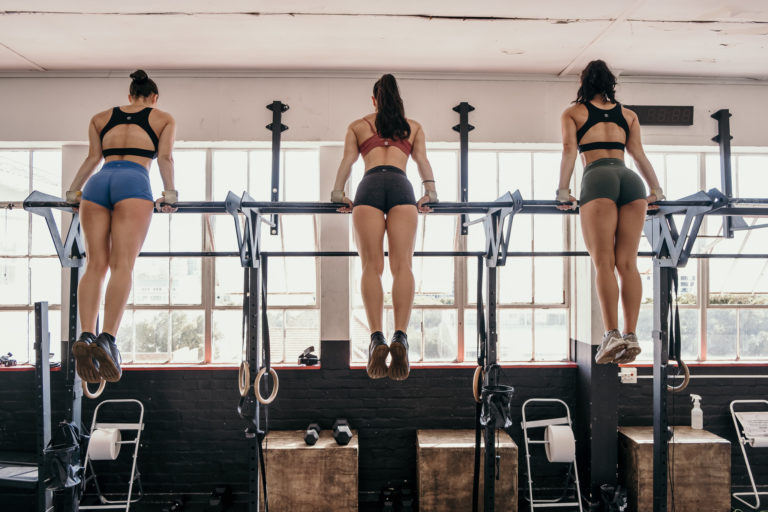 It’s important to clarify what I mean when I say “accessory work” in the context of a CrossFit program and to provide some background information to ensure we’re on the same page.
It’s important to clarify what I mean when I say “accessory work” in the context of a CrossFit program and to provide some background information to ensure we’re on the same page.
I first heard about “accessory exercises” when I became familiar with legendary powerlifting coach Louie Simmons and the Westside Barbell Club in 2000. I’m guessing the popularity of “accessory exercises” grew along with Westside’s increased notoriety and the results they saw with their athletes in the sport of powerlifting. However, decades prior, there were texts from Olympic weightlifting coaches from the Soviet Union utilizing what they called “special exercises” to aid in their athletes’ development, and these texts were very influential in the development of Simmons’ program. Take a look at two sample training days that may have been completed at Westside Barbell:
Max Effort Upper-Body
Main Lift
Find a 1-rep-max floor press
Accessory Exercises
- 5 sets of 8 incline triceps extensions
- 3 sets of 10-15 chest support rows
- 3 sets of 10-15 lateral delt raises
- 2 sets of 20 hammer curls
Max Effort Lower-Body
Main Lift
Find a 1-rep-max 2-inch deficit conventional deadlift
Accessory Exercises
- 4 sets of 6-8 glute ham raises
- 3 sets of 10 weighted leg raises
- 3 sets of 10-15 reverse hypers
This is a very small snapshot into the program, but as you can see, the main lift is followed by accessory movements that help to develop the musculature needed to improve that lift. Some compound movements may be involved in these accessory exercises, but they primarily include single-joint isolation exercises. This type of training has been effective for a sport like powerlifting, where the goal is to increase the back squat, bench press, and deadlift.
 However, CrossFit is different, and we have an entirely different goal: fitness. We strive for improvements in much more than two to three weightlifting movements. We look for improvements in gymnastics and monostructural elements, and in the bigger picture, we seek improvements for all different time domains, rep schemes, and other elements.
However, CrossFit is different, and we have an entirely different goal: fitness. We strive for improvements in much more than two to three weightlifting movements. We look for improvements in gymnastics and monostructural elements, and in the bigger picture, we seek improvements for all different time domains, rep schemes, and other elements.
In that vein, even some sort of adjunct running progression targeted toward a weak area could be considered “accessory work” as it could aid in developing an athlete’s fitness. For simplicity, we’ll define “accessory work” in CrossFit as exercises uncommon in standard workouts performed before or after the main training session. These exercises often deviate from CrossFit’s hallmark of high-power functional movements, may focus on single-joint movements, and are typically lower in intensity.
Accessory exercises have their place but are rarely essential for most CrossFit athletes. The primary focus should remain on mastering movement mechanics and bringing intensity to daily workouts. That said, accessory work can be valuable in specific scenarios:
- Rehabilitation: During recovery, single-joint exercises can isolate and strengthen specific areas, especially when compound movements cause pain. As functionality improves, foundational movements like squats and presses should take priority.
- Addressing Imbalances: CrossFit naturally helps correct imbalances when movements are performed with proper mechanics. However, targeted accessory exercises, like band pull-aparts for desk workers, can provide additional support for daily posture and alignment.
- Enjoyment: Keeping fitness fun is key to long-term success. If you love bicep curls or similar movements, feel free to include them — just don’t let them interfere with your main training.
- Performance Enhancement: For experienced athletes, accessory work can strengthen weak points in movements. For example, targeting triceps to improve the lockout in handstand push-ups or dips. However, for most athletes, consistent practice of the movement itself is the most effective solution.
Ultimately, accessory work is a complement, not a replacement, for the foundational principles of CrossFit.
Main Categories For Accessory Work
When programming accessory work, I think of movement functions not frequently used in our workouts and potentially fill some gaps in the training plan while not overly stressful on the body. Below are some common elements to consider adding to your plan best used as part of the post-workout period.
#1 – Core
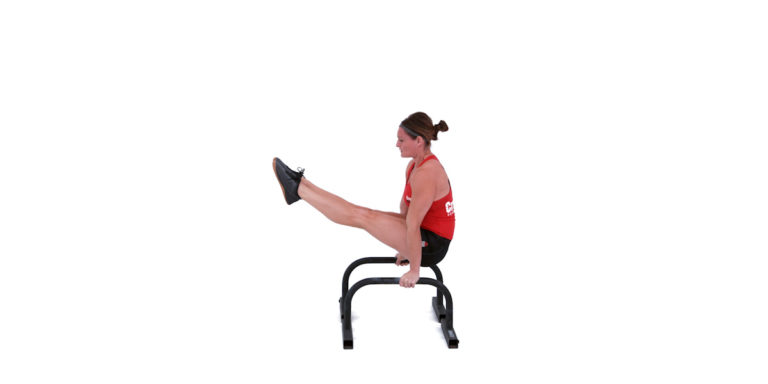 Yes, our foundational movements (squats, presses, deadlifts, cleans, etc.) work the core. However, some additional “isolated” training that enhances the positions found in our foundational movements can be included while not hindering recovery. My favorites are gymnastics staples like hollow and arch holds and L-sit variations. Loaded abdominal training, such as weighted AbMat sit-ups for 2-3 sets in the 6-12 rep range, provides stimuli that are not common in our workouts. Another option is to include movements for the lateral part of the torso, such as a side plank, standing side bend, or Russian twists.
Yes, our foundational movements (squats, presses, deadlifts, cleans, etc.) work the core. However, some additional “isolated” training that enhances the positions found in our foundational movements can be included while not hindering recovery. My favorites are gymnastics staples like hollow and arch holds and L-sit variations. Loaded abdominal training, such as weighted AbMat sit-ups for 2-3 sets in the 6-12 rep range, provides stimuli that are not common in our workouts. Another option is to include movements for the lateral part of the torso, such as a side plank, standing side bend, or Russian twists.
#2 – Posterior Chain
This refers to the glutes, hamstrings, and lower back, common weak points primarily addressed by movements in our workouts like squats, deadlifts, and kettlebell swings. However, because many athletes come to us with weak backsides, some additional work can be utilized. I prefer movements on the glute hamstring developer (GHD), such as the GHD hip extension, GHD back extension, GHD hip and back extension, and the glute ham raise. These exercises are great as part of a warm-up or post-workout movement.
#3 – Holds and Carries
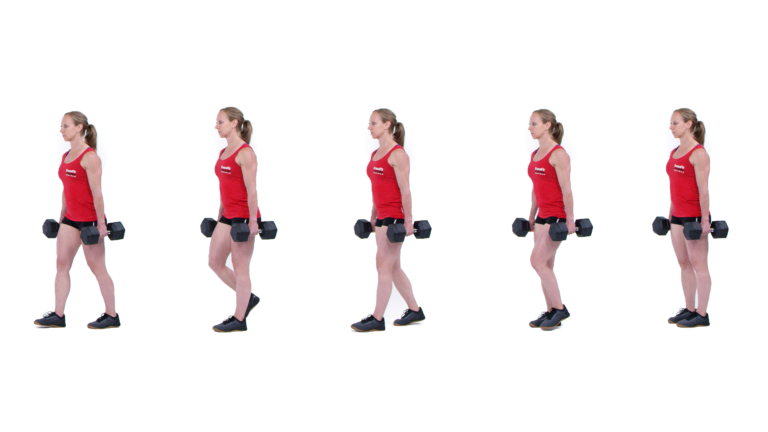 Executing static gymnastics elements like a handstand hold, ring support, bar hang, etc., not only helps build the skill of these gymnastics elements but also promotes a challenging stimulus to the associated muscles and can improve stability and range of motion around your joints. A variety of loaded carry variations can be performed to add some variance to your program and challenge the body in a different manner than what is included in the daily workout. Sample exercises are farmers carries (bilateral and unilateral), kettlebell front-rack carries, plate overhead walks, etc.
Executing static gymnastics elements like a handstand hold, ring support, bar hang, etc., not only helps build the skill of these gymnastics elements but also promotes a challenging stimulus to the associated muscles and can improve stability and range of motion around your joints. A variety of loaded carry variations can be performed to add some variance to your program and challenge the body in a different manner than what is included in the daily workout. Sample exercises are farmers carries (bilateral and unilateral), kettlebell front-rack carries, plate overhead walks, etc.
#4 – Unilateral (Single-Limb) Movements
Most of our workouts involve bilateral movements, as these elements generate high levels of power and allow you to utilize more loading. Excessive use of bilateral movements could lead to potential imbalances, so I like to include unilateral training at least once a week, whether part of the daily workout or as accessory work. When I use them as part of accessory work for the lower body, I like to use specific movements not typically found in our workouts (e.g.., walking lunges, single-leg squats, and step-ups) and tend to use movements like rear-foot-elevated Bulgarian split squats, reverse lunges, Cossack squats, and single-leg deadlifts. When considering unilateral movement for the upper body, swapping a barbell for dumbbells is a great way to get a unilateral training stimulus.
#5 – Horizontal Pulling/Upper Back
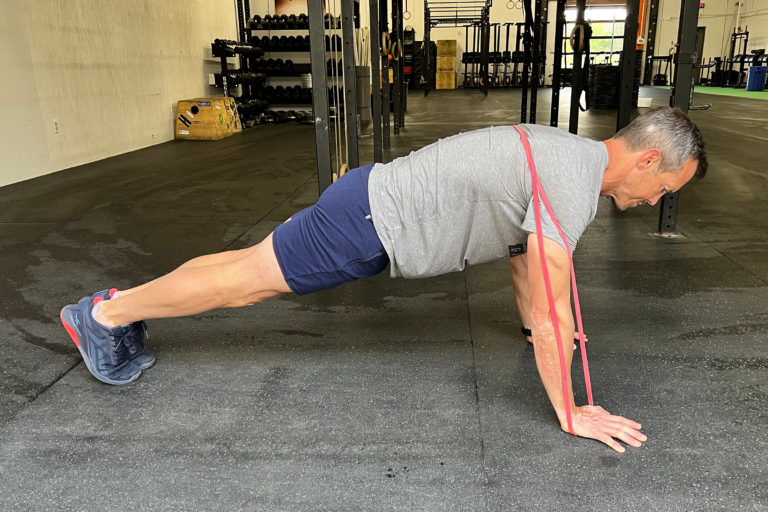 Much of the upper-body pulling in our workouts is done vertically (pull-ups, sumo deadlift high pull, dumbbell snatch, etc.), and sometimes horizontal pulling can be left out. Movements like single-arm dumbbell rows, feet-elevated ring rows, and bent-over barbell rows are all viable options. For direct upper-back training, I am referring to targeting the smaller musculature in this body region and incorporating movements such as banded face pulls, band pull-aparts, prone snow angels, etc. These movements are typically performed for higher-rep ranges (15+ reps) and can be performed nearly daily as part of warm-ups or as cool-downs.
Much of the upper-body pulling in our workouts is done vertically (pull-ups, sumo deadlift high pull, dumbbell snatch, etc.), and sometimes horizontal pulling can be left out. Movements like single-arm dumbbell rows, feet-elevated ring rows, and bent-over barbell rows are all viable options. For direct upper-back training, I am referring to targeting the smaller musculature in this body region and incorporating movements such as banded face pulls, band pull-aparts, prone snow angels, etc. These movements are typically performed for higher-rep ranges (15+ reps) and can be performed nearly daily as part of warm-ups or as cool-downs.
When programming the accessory work, I will program all of the main workout elements for a week or two and then plug in the accessory work where it fills a gap. For example, I will not typically program a lower body unilateral accessory movement if I have programmed a lower body intensive week that includes elements like a walking lunge or step-up.
Common Pitfalls with Accessory Work
I’m often cautious about recommending accessory movements because they’re frequently misused in programming. The biggest issues stem from excessive volume and low-quality execution.
To ensure accessory work adds value, avoid these common pitfalls:
Cramming to “Fill the Hour”
The main focus of any session should be on delivering high-quality performance for the primary workout, with proper preparation and technical refinement. Trying to squeeze in extra volume often sacrifices these priorities, diminishing the session’s effectiveness and potentially impacting future workouts.
Low-Quality Effort
Accessory movements often suffer from rushed execution or inadequate effort due to excessive volume or time constraints. To ensure they provide meaningful progress, focus on one well-executed accessory movement per session, with appropriate loading and intensity for real stimulus and growth.
Overloading the Week
Poor planning can lead to excessive volume targeting the same body region over consecutive days, increasing the risk of overuse injuries. For example, if shoulders are overworked across Monday, Tuesday, and Wednesday, it’s no surprise they’ll feel trashed. Always consider weekly programming balance to allow for adequate recovery.
Accessory work can be a useful addition to a CrossFit program when implemented thoughtfully. It should complement, not compete with, the foundational CrossFit principles of mechanics, consistency, and intensity. By addressing specific needs without overloading the week or compromising workout quality, accessory exercises can enhance performance, prevent injury, and keep training engaging. However, the focus should remain on CrossFit’s proven methodology for achieving unparalleled fitness results. When used strategically, accessory work serves as a helpful tool rather than a distraction, supporting long-term progress and enjoyment.
In Part 2 of this series, we discuss common weak points of movements in CrossFit and exercises to aid in developing them.
Want More?
Want a deeper dive into accessory work? Listen to Joe Alexander (CF-L4) and Stephane Rochet (CF-L3) dive into this long-debated topic of accessory movements — how they fit into CrossFit, when to use them, and how they can complement your athletes’ training on YouTube here.
about the author
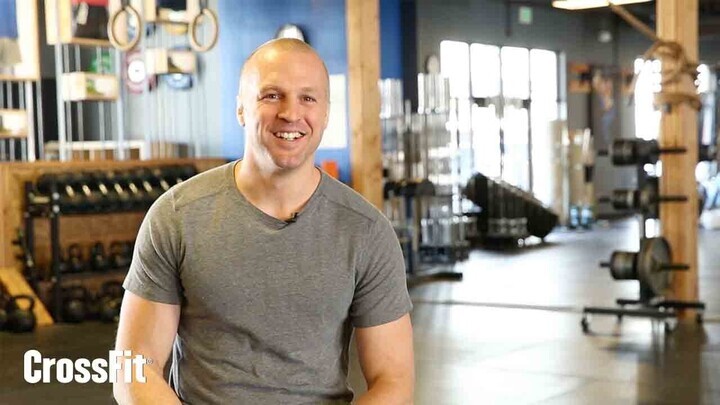 Eric O’Connor is a Content Developer and Seminar Staff Flowmaster for CrossFit’s Education Department and the co-creator of the former CrossFit Competitor’s Course. He has led over 400 seminars and has more than a decade of experience coaching at a CrossFit affiliate. He is a Certified CrossFit Coach (CF-L4), a former Division 1 collegiate wrestler, and a former CrossFit Games athlete.
Eric O’Connor is a Content Developer and Seminar Staff Flowmaster for CrossFit’s Education Department and the co-creator of the former CrossFit Competitor’s Course. He has led over 400 seminars and has more than a decade of experience coaching at a CrossFit affiliate. He is a Certified CrossFit Coach (CF-L4), a former Division 1 collegiate wrestler, and a former CrossFit Games athlete.
Accessory Work in CrossFit Part 1: Enhancing Fitness Without Compromising the Methodology